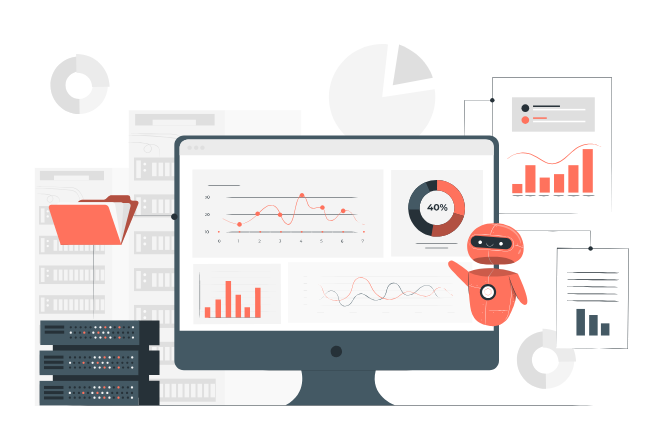Web Application Development
Bring Your Vision to Life
.jpg)
Crafting dynamic web applications that boost efficiency, improve user engagement, and achieve your business goals
Architecting Innovation: Custom Web Applications
01/ What is Web Application Development?
02/ Benefits of Custom Web Application Development
-
Increase efficiency and productivity with automated workflows and data management.
-
Drive innovation and create unique solutions to address your specific business needs.
-
Enhance user engagement with interactive features and a personalized user experience.
-
Scale your business effectively with a web application that can grow with your needs.

Work Phases
01/ Discovery Phase
-
Project Kickoff Meeting
Meet with stakeholders to discuss project goals, target audience, and desired functionalities. -
User Research:
Conduct user interviews, surveys, or competitor analysis to understand user needs and pain points. -
Feature Prioritization:
Work with stakeholders to prioritize features based on importance and feasibility. -
Feasibility Study:
Assess the technical and financial feasibility of the project. -
Delivery Timeline & Budget:
Develop a preliminary project timeline and budget based on the gathered information.
02/ Planning & Design Phase
-
User Interface (UI) Design:
Create mockups and wireframes to visualize the layout and user flow of the application. -
User Experience (UX) Design:
Focus on user interaction and ensure the application is intuitive and easy to use. -
Information Architecture:
Plan the organization of content and how users will navigate through the application. -
Functional Specifications Document (FSD):
Document the technical specifications of the application's functionalities.
03/ Development Phase
-
Front-End Development:
Develop the user interface using HTML, CSS, and JavaScript frameworks like React, Vue.js, or Angular. -
Back-End Development:
Develop the server-side logic using programming languages like PHP, Python, Node.js, and integrate with databases. -
API Integration:
Integrate with any third-party APIs required for functionalities like payments or social media logins. -
Version Control:
Use a version control system like Git to track code changes and enable collaboration.
04/ Testing & Deployment Phase
-
Automatic Testing:
Unit Testing; Integration Testing; Functional Testing; Performance Testing; Security Testing -
Bug Fixing:
Fix any bugs identified during testing. -
Deployment:
Deploy the application to a web server and make it accessible to users.
05/ Maintenance & Support Phase
-
Bug Fixes & Updates:
Address any bugs reported by users and release new features and updates. -
Security Maintenance:
Stay up-to-date with security patches and address any new vulnerabilities. -
Performance Monitoring:
Monitor the application's performance and address any bottlenecks. -
User Support:
Provide ongoing support to users through troubleshooting and answering questions.






